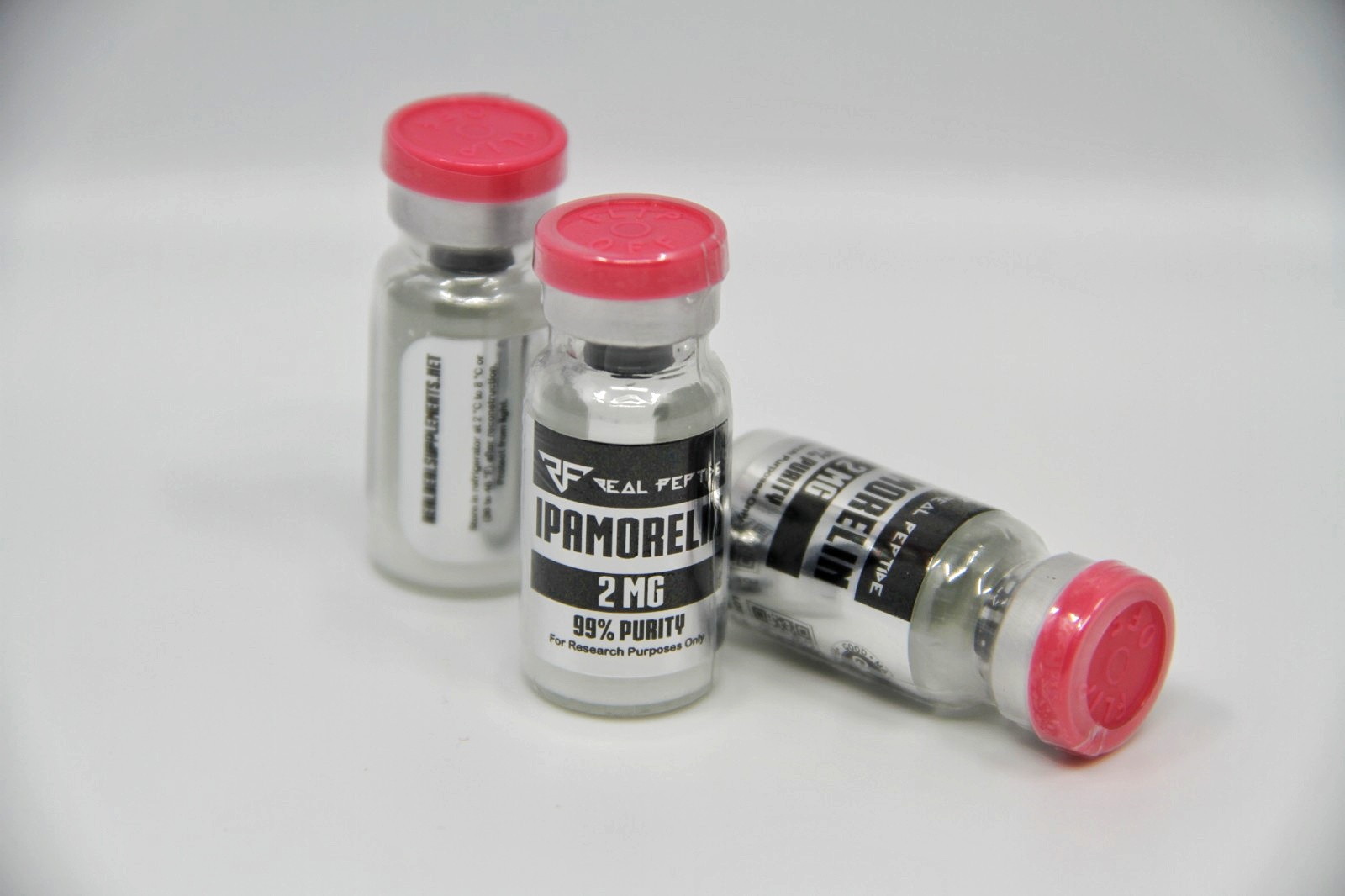Ipamorelin is highly selective for the stimulation of growth hormone release. This means minimal spillover effects on other systems. For starters, ipamorelin has been shown to only slightly increase ACTH (adrenocorticotropic hormone) and cortisol levels.
Drugs of the GHRP class often mimic ghrelin’s tendency to strongly stimulate hunger, which can be problematic while dieting. This makes Ipamorelin more practical for this purpose.
Ipamorelin is a GHRP (Growth Hormone Releasing Peptide) that is considered one of the most side effect friendly of the GHRP hormones.
Side Effects
Common side effects to ipamorelin include flushing, sweating, headache, increased Gl motility, and sleepiness. Also frequently reported are adverse effects typically associated with other types of growth hormone therapy, such as water retention (edema), joint pain (arthralgias), carpal tunnel syndrome, and numbness or tingling in the extremities.
The subcutaneous administration of this drug may cause redness, itching, pain, or lumps at the site of injection. Injection site redness and discomfort is sometimes reported with intramuscular injection as well.
Ipamorelin may reduce insulin sensitivity and raise blood sugar levels. This may occur in individuals without preexisting diabetes or impaired glucose tolerance.
There are no estrogenic side effects of Ipamorelin. Gynecomastia and water retention cannot occur. However, slight water retention can occur in early stages.
There are no androgenic side effects of Ipamorelin, Acne, hair loss or virilization symptoms in women does not occur.
There are no known cardiovascular side effects of Ipamorelin. Many users report improved cardiovascular health.
Ipamorelin will not suppress natural testosterone production.
Ipamorelin is not toxic to the liver at any dose.
Administration
Ipamorelin is supplied in dry powder form and is reconstituted with bacteriostatic water. Once reconstituted it needs to be kept refrigerated at all times.
Ipamorelin can be injected intramuscularly (in the muscle) or subcutaneously (under the skin). Most will find subcutaneously the easiest since the medication is normally administered 2-3 times per day. A small insulin syringe will suffice.
Dosing ranges for Ipamorelin normally fall in the 200-300mcg with a frequency of 2-3 times per day.











